A history of Harvesting the Venus Flytrap from the wild
The Venus Flytrap (Dionaea muscipula) is a unique and fascinating plant that is native to a small region in the southeastern United States, specifically the coastal plains of North and South Carolina. It has been known to science since the late 18th century, and it quickly gained popularity as a curiosity among botanists and plant enthusiasts.
However, the popularity of the Venus Flytrap led to widespread over harvesting of the plant, both for scientific study and for commercial sale. This wild harvesting became a major threat to the species, which has a very limited range and a slow reproductive rate. By the late 19th century, the plant was already becoming scarce in its natural habitat, and efforts were made to protect it.
In 1934, the state of North Carolina passed legislation protecting the Venus Flytrap, making it illegal to harvest the plant without a permit. This was followed by similar legislation in South Carolina in 1952. Despite these protections, illegal harvesting of the plant continued, and the Venus Flytrap remains a threatened species today.
In recent years, efforts have been made to cultivate the Venus Flytrap in nurseries and botanical gardens, and to promote the use of these cultivated plants for scientific study and commercial sale. This has helped to reduce the pressure on wild populations of the plant, but more work is needed to ensure the long-term survival of this unique and fascinating species.

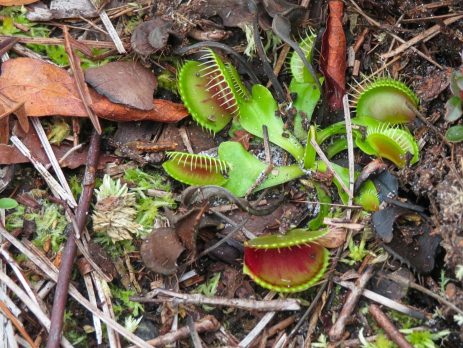
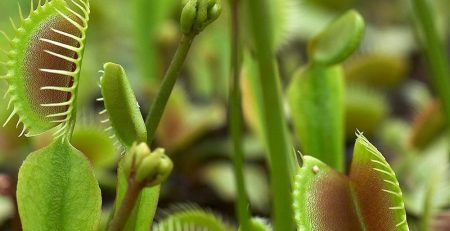
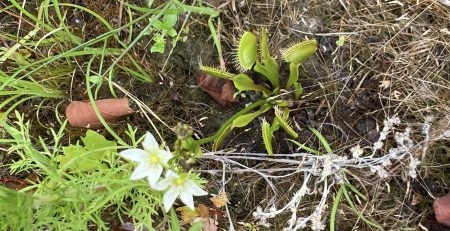
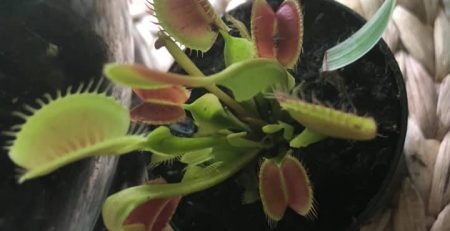
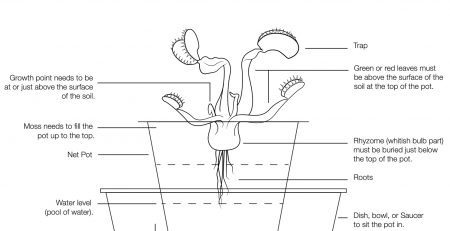
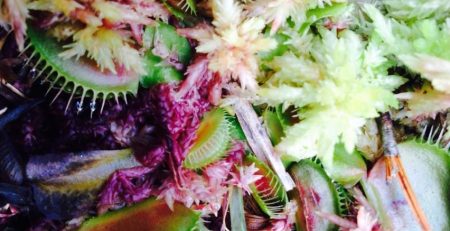
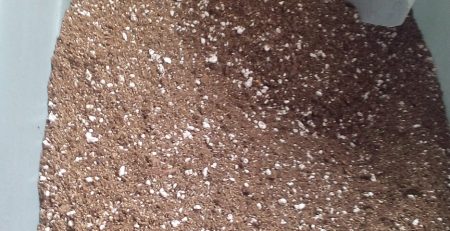
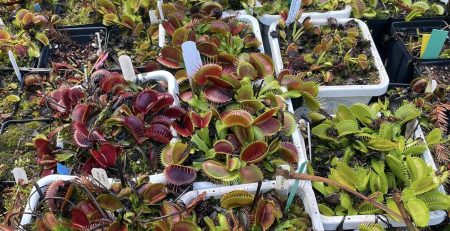
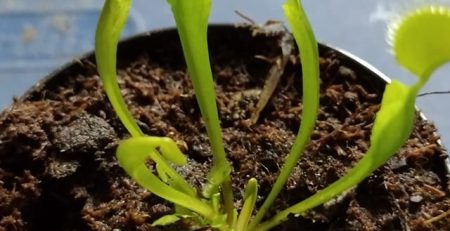
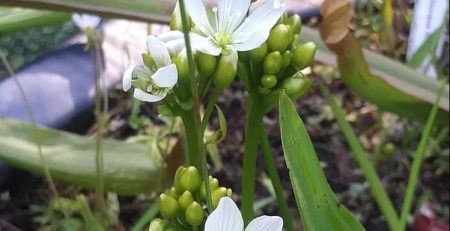
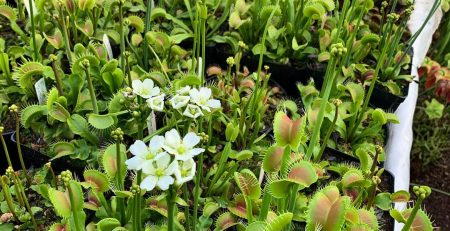
Leave a Reply
You must be logged in to post a comment.